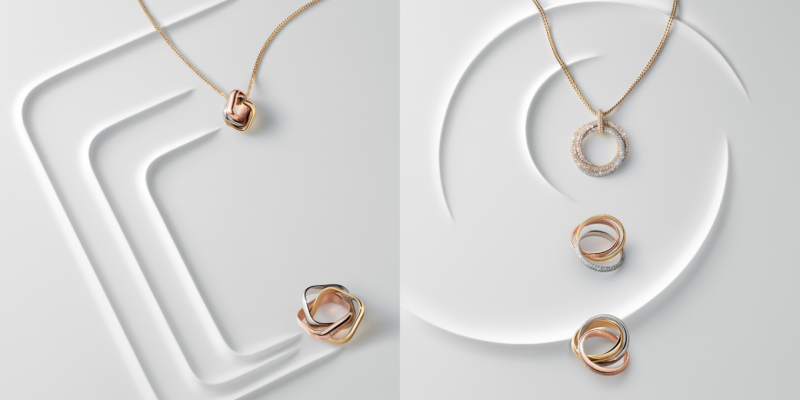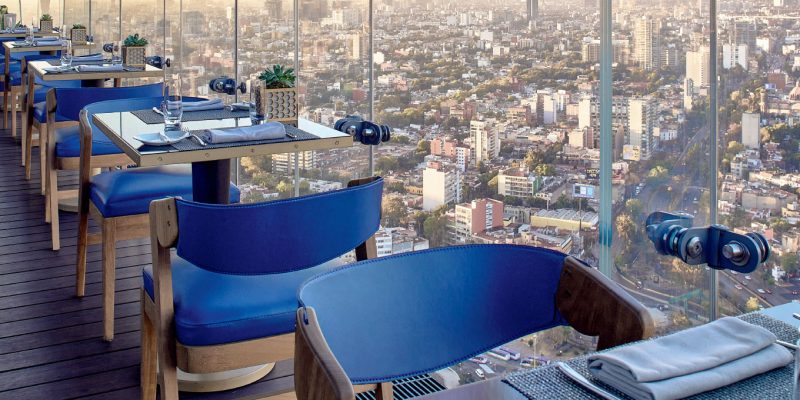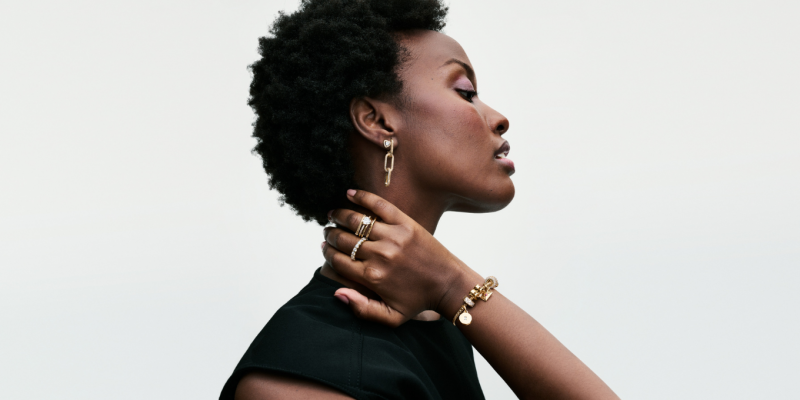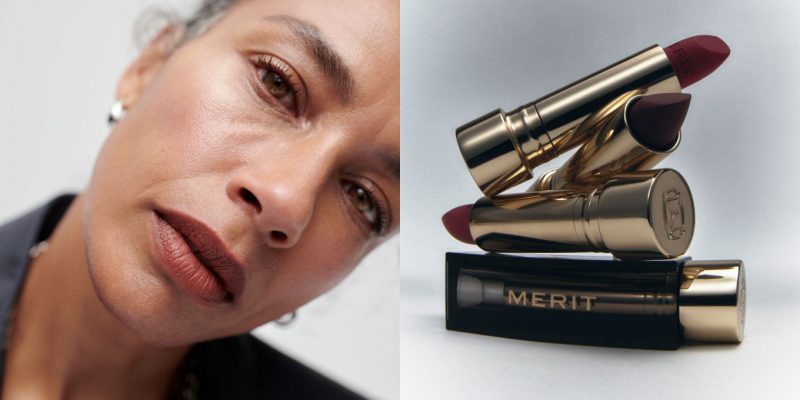Makeup & nails
Jet-set fragrance
In search of the next big note, perfumers get their passports stamped
by : David Livingstone- May 19th, 2009

It stirs the imagination to know that in India, the fragrant, wiry roots of vetiver grass are woven into fans or manipulated into screens that are dampened and set on verandas to load the air with their cool, earthy scent. However, mention India to those with a nose for economics and they smell emerging market.
The trade routes of antiquity have been reversed. Instead of rare aromatics arriving from the East — vetiver and sandalwood from India; frankincense and rose from Arabia; camphor and musk from China — Western brand of luxurious scent now waft through stores in Bangalore, Dubai and Beijing.
Russia, with its growing middle class, has also contributed to the financial growth in the worldwide fragrance industry. In late 2007, when Frédéric Malle (a Frenchman who has enjoyed global commercial success as a champion of perfumery a aesthetic pursuit) opened a shop within a shop in the Russian department store Tsum, Women’s Wear Daily enthusiastically declared that Moscow had turned “from drab workers’ paradise into luxury brand heaven.”
Perhaps that’s not surprising. After all, Ernest Beaux, the nose who composed Chanel No. 5, was born in Moscow. Recent research even suggests that a version of that composition — the most famous fragrance ever — was available in Russia before it became a hit in Paris.
More likely to cause a double take is the fact that between 2001 and 2006, the market for fragrances in China grew more than 10 percent annually. According to conventional wisdom, that’s not supposed to happen. As perfume critic Chandler Burr observed in The New York Times last May, “The Chinese have no tradition of wearing perfume.” But, as he also pointed out, that is changing. That’s why he was in Shanghai reporting on the launch of Tuscan Soul, the latest fragrance from Ferragamo Parfums. The company thinks that its perfume business in China is just dawning; its managing director told Burr that he expected sales there to double in three years.
Sylvaine Delacourte, creative director at Guerlain — a venerable French beauty brand that started doing business in China back in 1993 — says that it’s a misconception to think of the country as being fragrance-free. “Because the climate is hot and the air is polluted, they really like freshness,” she says. Aqua Allegoria, Guerlain’s series of lightly scented waters, has done well; so has L’Instant de Guerlain, which, in troduced in 2003 and intended to be a worldwide success, includes a note of Chinese magnolia.

Osmanthus is another plant that has long been cultivated in China. Jean-Claude Ellena, in-house perfumer at Hermès, first encountered it in the Imperial Gardens in Beijing. He employed it as the basis of Osmanthe Yunnan, a fragrance unveiled in 2005 at an exhibition in Shanghai that was or ganized by the Comité Colbert, an association that promotes French luxury goods.
In 2008, Hermès had a huge India moment. The house celebrated the country as its theme and opened a store in New Delhi. Ellena created Un Jardin Après la Mousson (A Garden After the Monsoon). Ellena acknowledges the emergence of China, India and Russia as new and important markets, but that’s a commercial concern: It matters to those whose job it is to sell but not so much to Ellena, whose role is “to create.” “I’m not creating special products for these markets,” he says. “I make products like I like to make them.” In 1992, a dozen years before Hermès hired him, Ellena created a scent for Bulgari that was inspired by the scent of tea. It sparked a trend in the industry and marked a new phase in his career — one dedicated to a spare, subtle style built on simplicity.
When Ellena chose to create a fragrance based on osmanthus, he was not catering to any marketer’s preconception of Chinese taste. He did it to satisfy his own, which, more than by vegetation, has been influenced by Chinese art and the way Chinese artists handle emptiness. “I like a simple formula,” explains Ellena. “I like to leave some space so that people can walk into the perfume."
“It’s always a pleasure to go somewhere,” says Bertrand Duchaufour, the nose for L’Artisan Parfumeur, one of the niche brands that, according to Ellena, have helped restore perfumery and an art born not of market analysis but of intuition.
The idea for Duchaufour’s latest creation, Fleur de Liane, came to him while he was on a small island off the Pacific coast of Panama. For an earlier fragrance called Timbuktu, he reproduced the smell of wusulan, a particular type of incense that, in Western Africa, is burned as a prelude to making love.

Tales of ingredients encountered in far-flung places may make for good stories, but the raw materials are but pieces of an abstract puzzle. To calculate a fragrance aimed to please a specific population is the kind of logic an MBA might believe in, but to Duchaufour, creative perfumery has nothing to do with any science, including marketing. “It’s 100 percent about artistic feeling. It’s perfectly irrational.”
Perfumer Olivier Cresp is responsible for the perfectly irrational fragrance called Angel, a crazy combo involving candy and patchouli that he created for Thierry Mugler in 1992 and that made a major trend of shocking sweetness. In Cresp’s opinion, the next big thing is woody. His recent creations include one — the woody one — of the trio of fragrances that comprise Karl Lagerfeld Kapsule. Elle, which he did for Yves Saint Laurent, is known as a woody floral, and Magnifique, done for Lancôme, also has an important woody aspect. For Elle and Magnifique, Cresp collaborated with Jacques Cavallier. Both perfumers are employed by Firmenich, a Swiss firm that is one of the world’s leading suppliers of scent to the luxury trade. Cresp says that he is hearing from all his customers about the explosion in new markets. But so what if he discovered nagarmotha, a plant that lends distinction to Magnifique, in India? “When I was working on it, I wasn’t thinking about Asia or the United States or Europe or any certain profile," says Cresp. “I was doing the best I could in terms of creativity.”
In mixing Nina, launched by Nina Ricci in 2006, Cresp got the idea of a lime top note on a trip to Brazil, where he got to know the caipirinha. In Perfumes: The Guide, Nina earned four out of five stars from know ledgeable co-author Tania Sanchez, who rated it “a real achievement.” However, snootier commentators have described Nina as the kind of excessively fruity, excessively floral thing that the new money in Russia just loves.
No matter what the geo-socio manoeuvrings of the fragrance industry might be, there is still nothing on the perfumed planet that gets the love like a whiff of French. Even the fragrance company founded in Oman in 1983 by that Gulf nation’s royal family goes by the Gallicsounding name of Amouage. And while the two newest Amouage scents — Lyric Woman and Lyric Man — are both based on the rose, a flower of significance in Islamic culture, they were created by two French noses. Similarly, the three latest additions to L’Oréal’s Giorgio Armani perfume portfolio all pay tribute to the incense-rich traditions of the East: They are called Onde Mystère, Onde Vertige and Onde Extase — as if French were the only way to convey their waves of mystery, dizziness and ecstasy.
Newsletter
Join our mailing list for the latest and biggest in fashion trends, beauty, culture and celebrity.
Read Next

Fashion
Cartier Celebrates 100 Years of the Trinity Ring
What better way to celebrate an anniversary than with a new collection?
by : Allie Turner- Apr 19th, 2024

Culture
How to Spend 48 Hours in Mexico City
Where to discover the hidden gems—markets, mezcal, modern art—of the Central American capital.
by : Jennifer Nguyen- Apr 18th, 2024

Fashion
This Jewellery Brand Has a Whole New Look And It’s Everything
Here are the seven pieces we’re coveting.
by : ELLE Canada- Apr 10th, 2024




